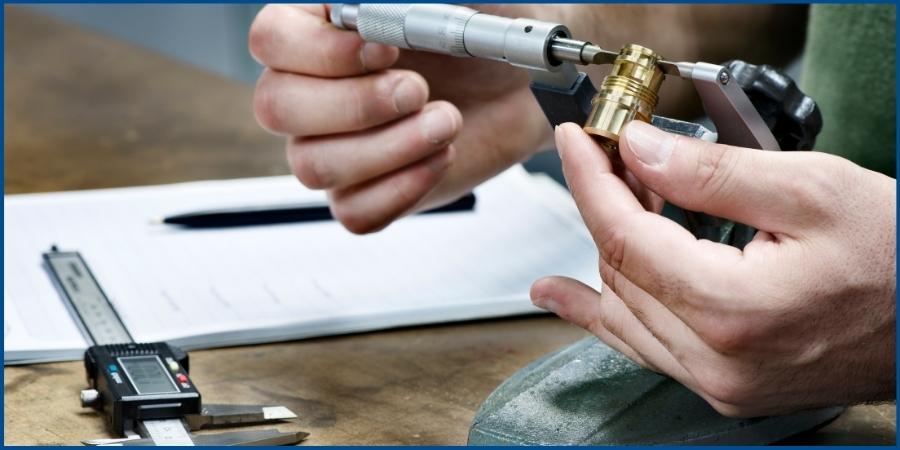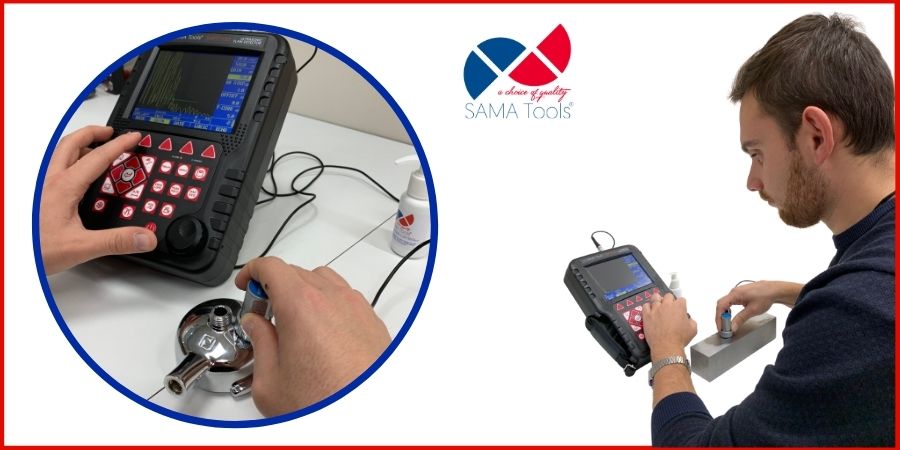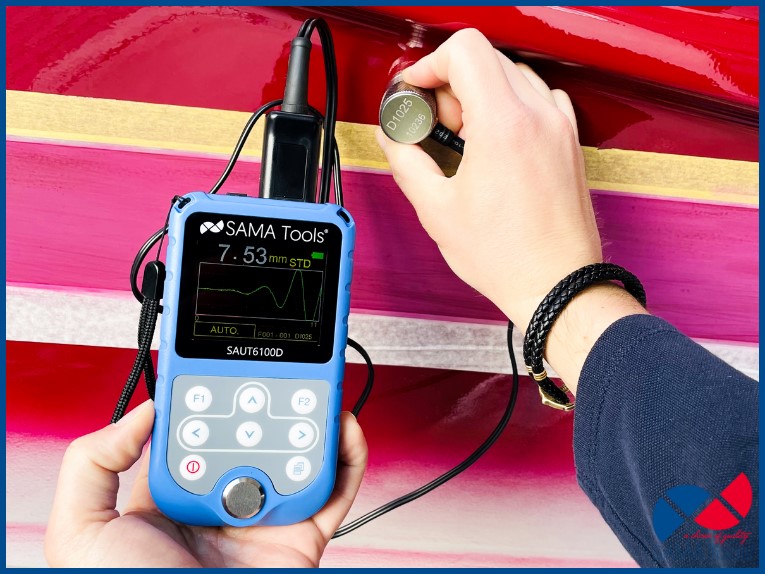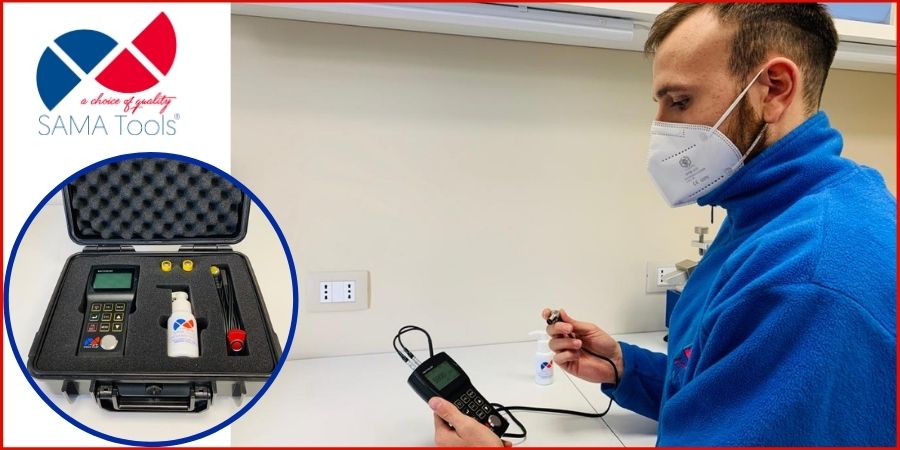MECSPE is the acronym for Specialized Mechanics. In Italy, it’s the most important fair for the manufacturing industry. This fair began in Parma about twenty years ago, and in 2019 was replicated in southern Italy, with the MECSPE Bari edition. It’s a great opportunity to meet the main exhibitors in the specialized mechanics sector and learn the latest news and market trends.
Don’t miss this opportunity to participate at this important event.
MECSPE at BolognaFiere
MECSPE is the leading Italian B2B trade fair for manufacturing technologies and innovation.
In 2022, it attracted 39,348 highly profiled visitors with decision-making powers from key manufacturing industry sectors.
In fact, BolognaFiere boasts one of the most advanced exhibition spaces, not only in Italy, but in the entire world and is home for over 80 national and international trade fairs.
Bologna is a city that combines culture and knowledge, excellent cuisine and traditions and exudes a very friendly and open mentality.
S.A.M.A. Italia is based in Viareggio, in Tuscany, Italy, but has a heavy Bolognese influence, given that one of the proprietors comes from this Emilian capital.
Furthermore, the colors of our logo are red and blue, just like the colors of the Bologna football team.
The thematic shows at MECSPE
Thanks to the synergies of 13 thematic exhibitions, MECSPE offers visitors a complete overview of materials, machines, the latest innovative technologies and of course our own name brand measuring instruments and calibration services for your quality control needs.
You will also find unique conferences and events that will surely capture your interest.
We have been actively exhibiting at MECSPE for over 10 years, and one of the most interesting aspects is certainly the very accurate organization of the fair by the Tecniche Nuove Group and in particular by Senaf.
Year after year, we’ve seen a growing improvement, which is reflected in the increase of highly specialized visitors, who come to visit our stand or the fair, in general.
Just to be more accurate and give a better idea of the potential of MECSPE, we can report a turnout of 48,562 visitors at the 2021 edition in Bologna.
Earlier, we referred to Senaf’s excellent organization, given that for several years it has been offering 13 shows that allows one to visit the best suppliers of technologies, machines and processes in the following sectors:
- Machines and Tools
- Treatments and surface finishings
- Machines, materials and processing of sheet metal
- Quality and Control (Our sector!)
- Digital factory
- Power transmissions
- Automation and robotics
- Logistics
- Electronic subcontracting
- Mechanical subcontracting
- Moulds – Machines for Plastics, Rubber and Composite Subcontracting
- Non-ferrous materials and alloys
- Additive manufacturing
Who is MECSPE for?
This fair is visited by people in the sector. They are generally owners of small and medium-sized companies, or technicians and buyers with decision-making powers from large Italian and foreign companies, looking for new suppliers or to consolidate previously formed relationships.
The change of the location of the fair, from Parma to BolognaFiere in 2022 was also done with internationalization in mind, which is to say that many exhibitors like us at S.A.M.A. Italia are ready and organized to welcome foreign customers as well.
Our highly competent and friendly staff are able to welcome customers from all over the world, without any communication difficulties.
So, whether you are the owner of a small company, a technician or a buyer of a large Italian or foreign company, come and visit us at our stand for any needs related to quality control measuring instruments . Read on to find out how to get a free ticket.

Photo by Canva Pro
Quality and Control at MECSPE: SAMA Tools
Here is our exhibition at MECSPE, this is our world, and we will be located in Pav. 29, Stand B50.
We have already talked about how the S.A.M.A. Italia team is ready to welcome you. Now, let’s see what you will find once you come see at our stand.
Measuring instruments for checking incoming goods, goods that are in production and before they are placed for sale.

Non-destructive testing at MECSPE
The tools for non-destructive testing (NDT) that we produce are ideal for performing different types of checks or measurements, aimed at identifying a mechanical characteristic without damaging the state of the object.
At our stand you can find information on:
Surface roughness measurement
Control of material defects
Visual examinations
Ultrasonic thickness gauges
Thickness gauges for checking coatings
Verification of color and shine
Hardness testers for checking the hardness of materials
Video inspections
What is the latest news that we will unveil at this edition of the fair? You’ll just have to come and visit us at stand C45, Pav. 29, to find out!
Destructive testing at MECSPE
In addition to tools for non-destructive testing, you can also find tools for destructive testing here.
As the name suggests, they perform a series of checks or measurements aimed at identifying a mechanical characteristic by altering the sample.
Here are what types of tests we can talk to you about at MECSPE:
Resistance to:
Traction
Compression
Twisting
Flexion
Cutting
Wearing of materials
Resistance of materials and coatings to atmospheric agents
Instruments for the verification of the applied force
If you want to learn more about the NDT and destructive control measuring instruments, click on the red link.

Photo by Canva Pro
Mechanical measuring instruments at MECSPE
SAMA Tools is a brand that also helps you in your precision mechanical workshop. Want some examples?
Here are the mechanical tools that we produce for many of you of which we can talk about at the fair to consolidate or create new collaboration opportunities.
- Dial bore gauges
- Zero setters
- Eccentricity bench testers
- Control benches
- Magnetic bases for dial gauges
- Gauge block sets
Calipers:
- Comparative digital calipers
- Carbon fiber micrometers
- Vernier calipers
- Dial calipers
- Depth calipers
- Digital calipers
- Welding calipers
Gauges:
- Centesimal dial gauges
- Digital gauges
- Micron dial gauges
- Scribing calipers
- Circumference tape
- Flexometers
- Protractors
- Levels
Micrometers:
- 3-point micrometers
- Depth micrometers
- Indoor, outdoor and screw thread micrometers
- Parallel vee blocks and granite surface plates
- Depth Threads
- Straight edge rulers
- Thickness gauges
- Pin gauges
- Steel squares
- Dial gauge stands
- Plug and ring gauges
- Dial test indicators
- Height gauges
Calibration services of measuring instruments at MECSPE
The S.A.M.A Italia team will be present at the MECPE Fair to also provide information and assistance on the calibration of measuring instruments.
We offer a complete service to ensure that measuring instruments are always calibrated and working at their best to ensure maximum precision and reliability in quality control.
We will discuss your specific needs together and provide advice on the calibration of your measuring instruments.
If you are unsure why it is so important to keep your instruments calibrated, please read this article on why it’s important to calibrate your instruments.
In short, you can consider us the ideal partner for the periodic calibration of SAMA Tools name-brand measuring instruments, as well as instruments of other brands. We provide both calibration services referable to the primary standards and Accredia calibration certificates, as well.
If you want to find out the difference between instrument calibration and adjustment, you can read another article we wrote. You can find it here.

Photo by Canva Pro
Your free ticket to visit MECSPE
If you have read this far, you will surely have understood how deserving this fair is to visit in order to forge new collaborations …. with us at SAMA Tools of course!
You can come alone or with other colleagues, there is no limit to how many can visit. All professionals in the sector are welcome since it is you, who travel from all over Italy and beyond, to decree the fair’s great success, year after year.
It is precisely thanks to the presence of professionals like you, which inspire our team and who will be ready to welcome you at the SAMA Tools stand.
There is no effort that it is not rewarded by visits from our long-standing customers and all the new companies that will become so, thanks to this year’s MECSPE.
To download the free ticket, you’ll only need to register online by providing your email.
Download your free ticket now.
Plan your meeting with our staff now
The MECSPE Fair is a unique opportunity to meet the laeding exhibitors in the quality control and measurement sector. Therefore, if you are a quality control professional, or a buyer of measuring and control instruments, it is essential to plan your visit to our stand to avoid wasting time and concentrate on what really interests you.
To organize your visit to our stand, follow these simple steps:
- Choose the day you want to visit the fair and send us an email at sales@samatools.it, stating the time in which you would like to meet us. Our technicians will be happy to welcome you.
- Write down the day and time of our appointment in your agenda or digital calendar.
See you at MECSPE Bologna!














